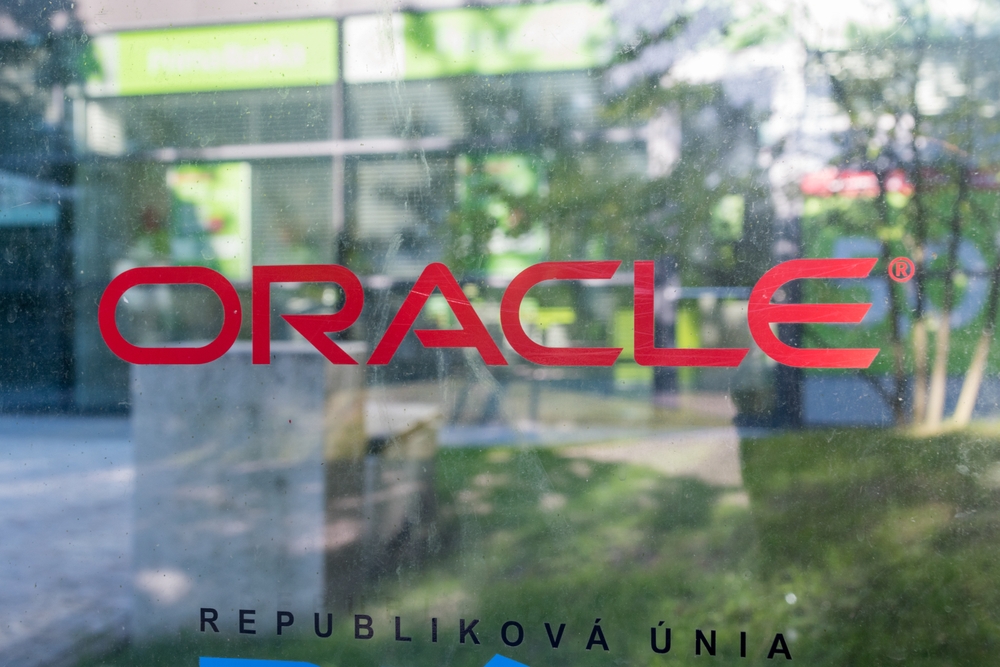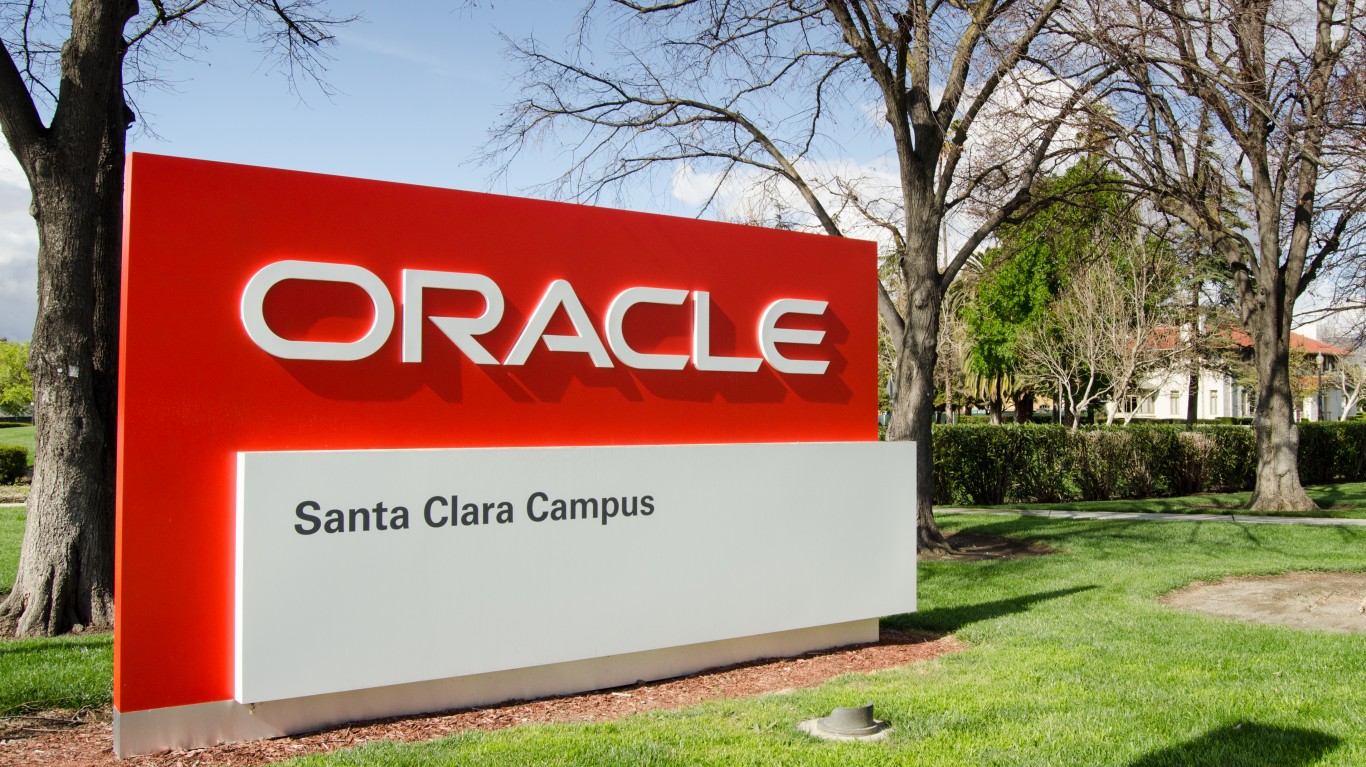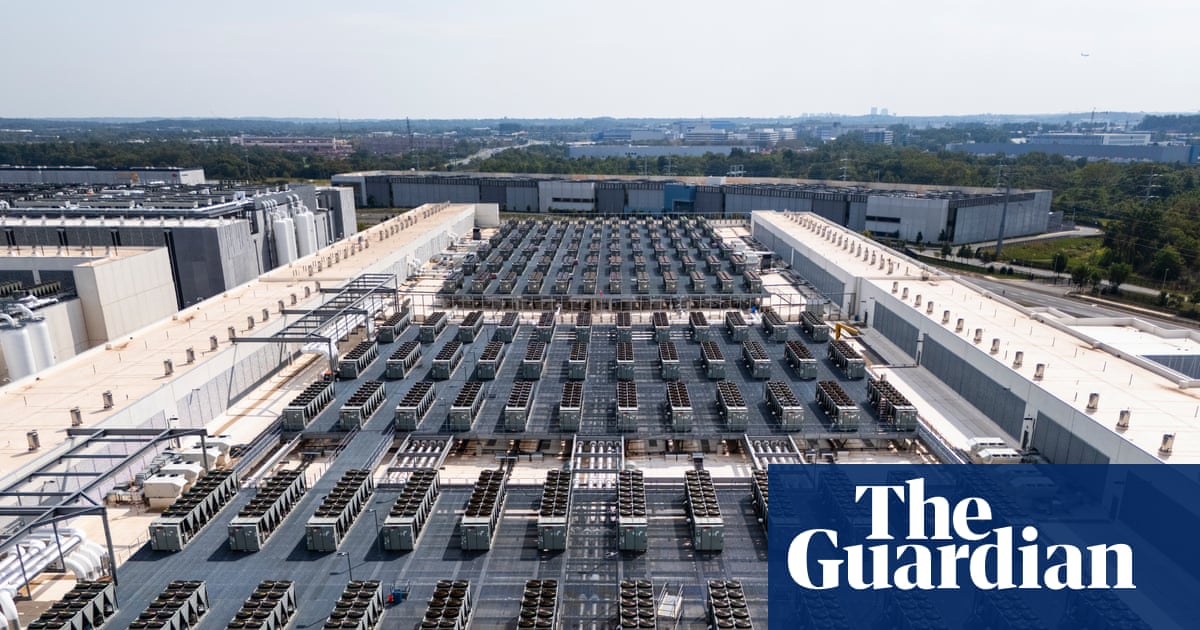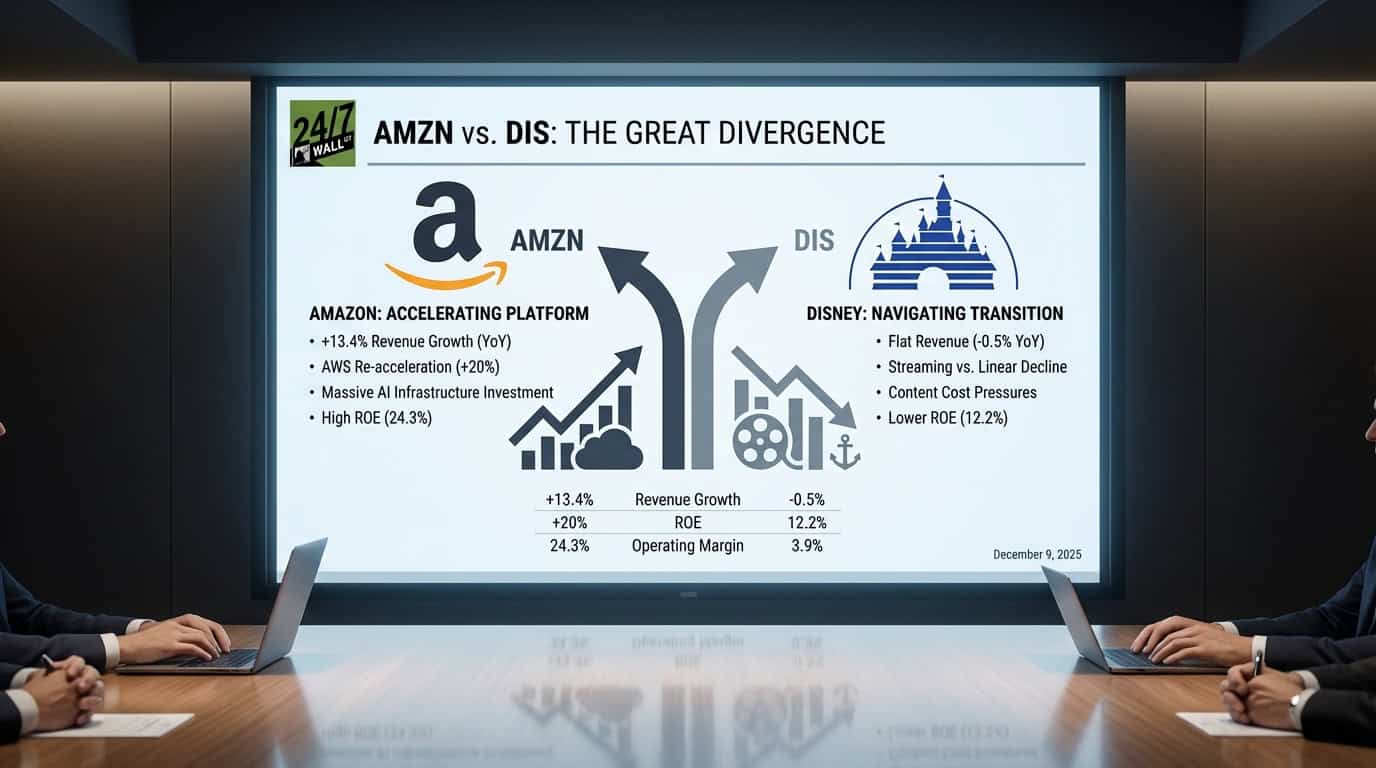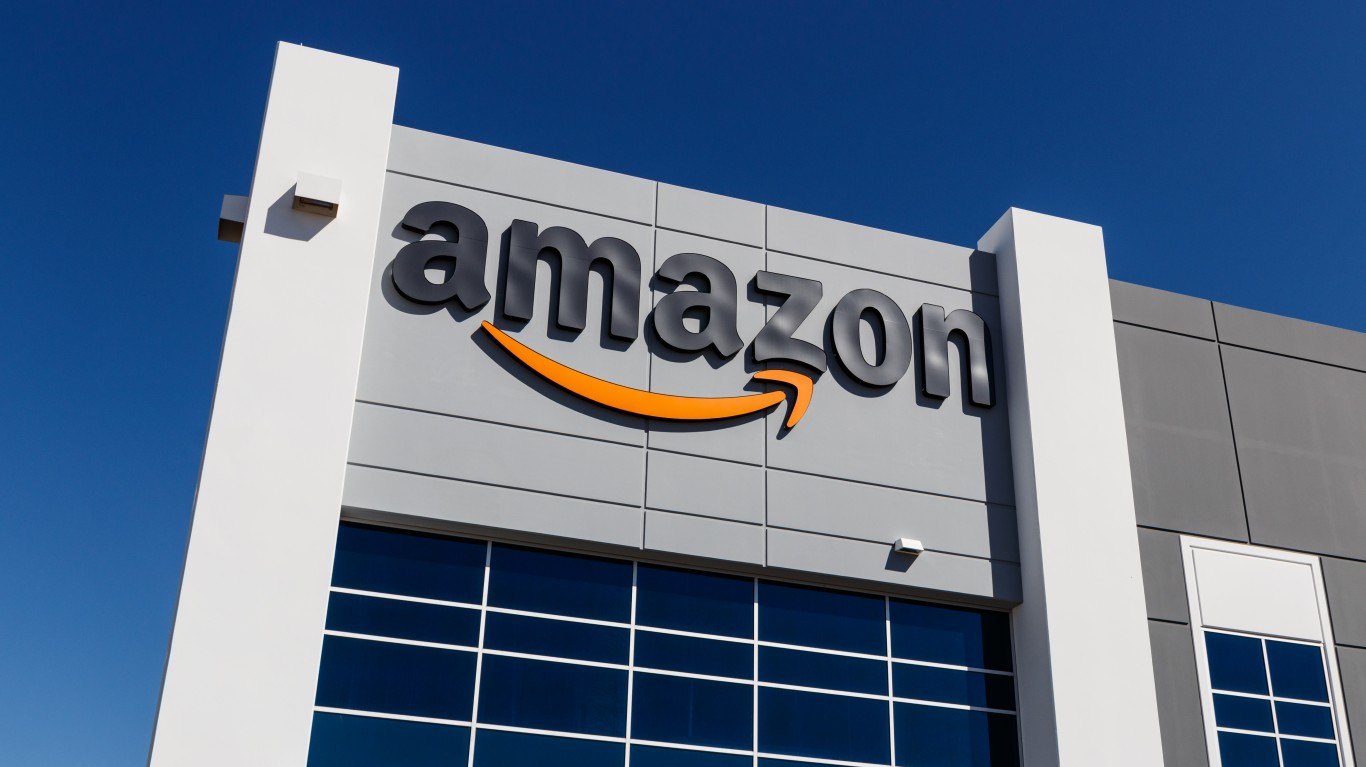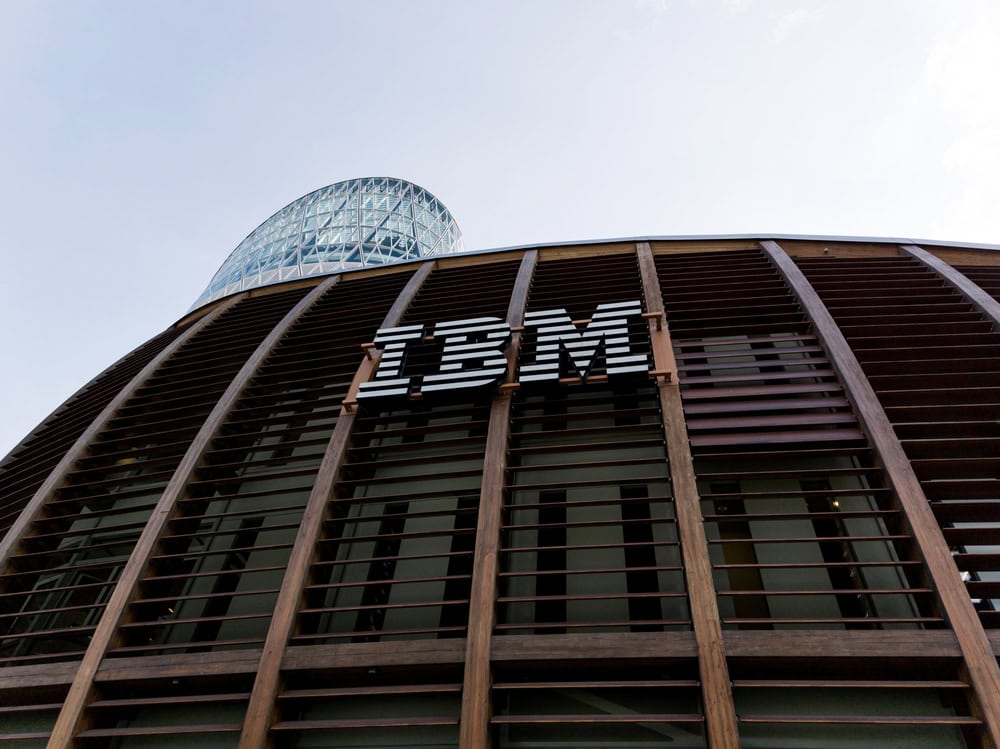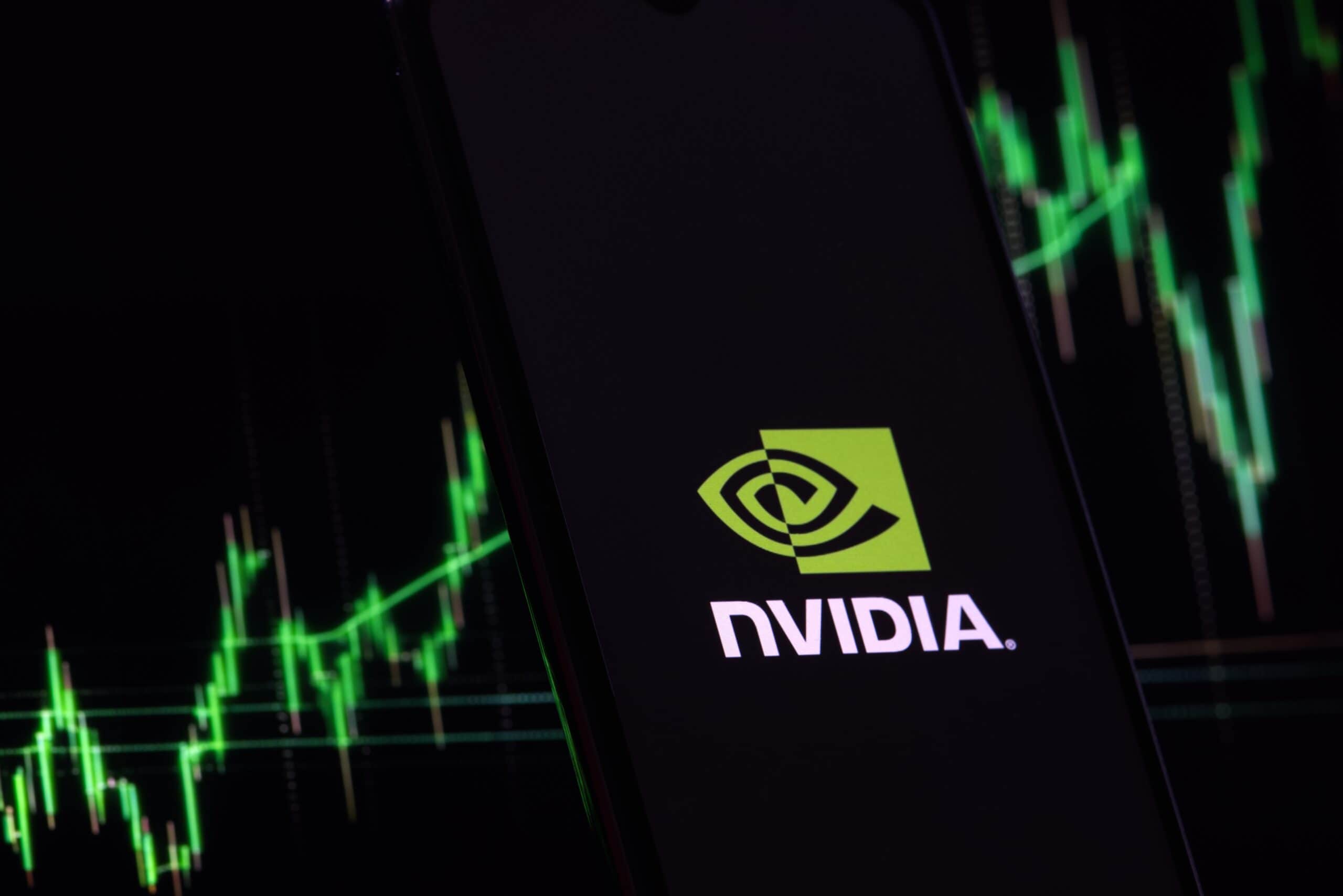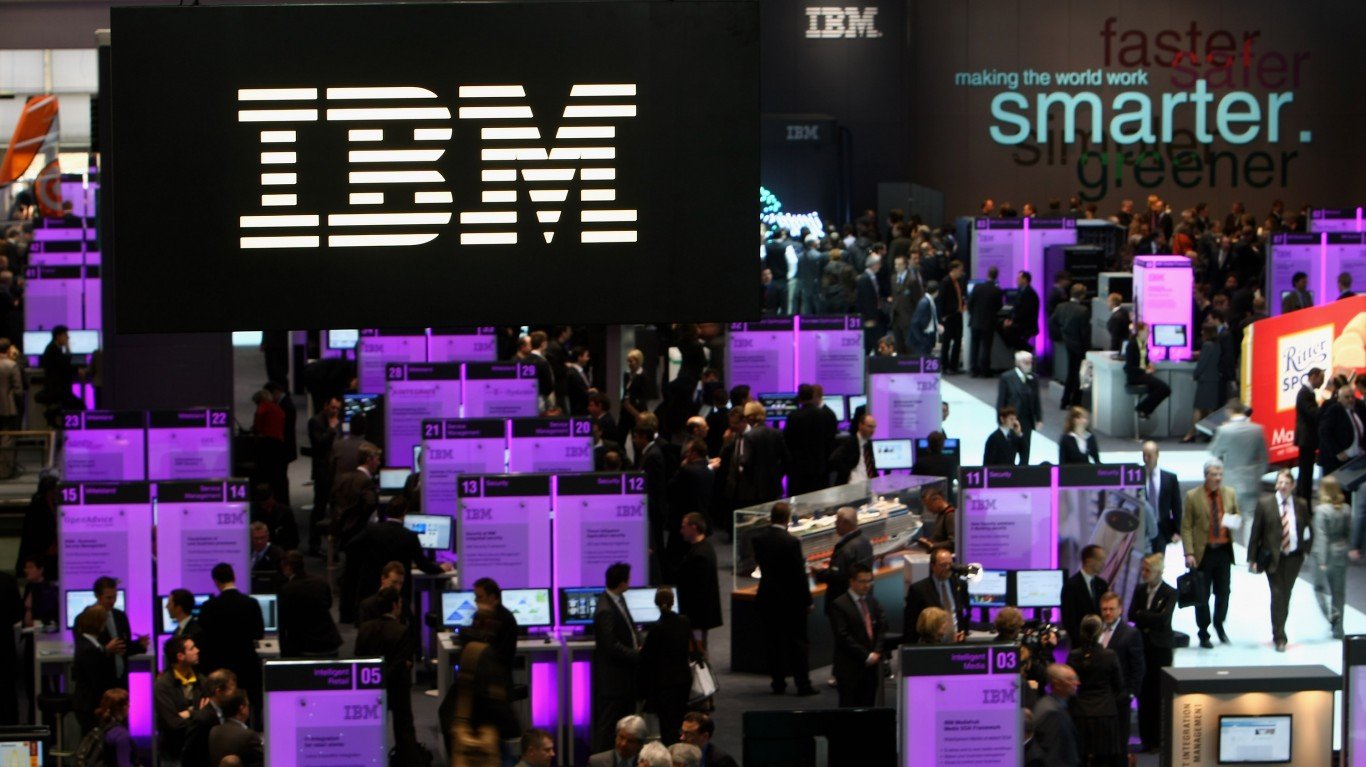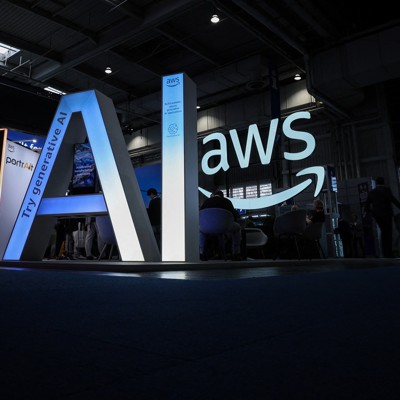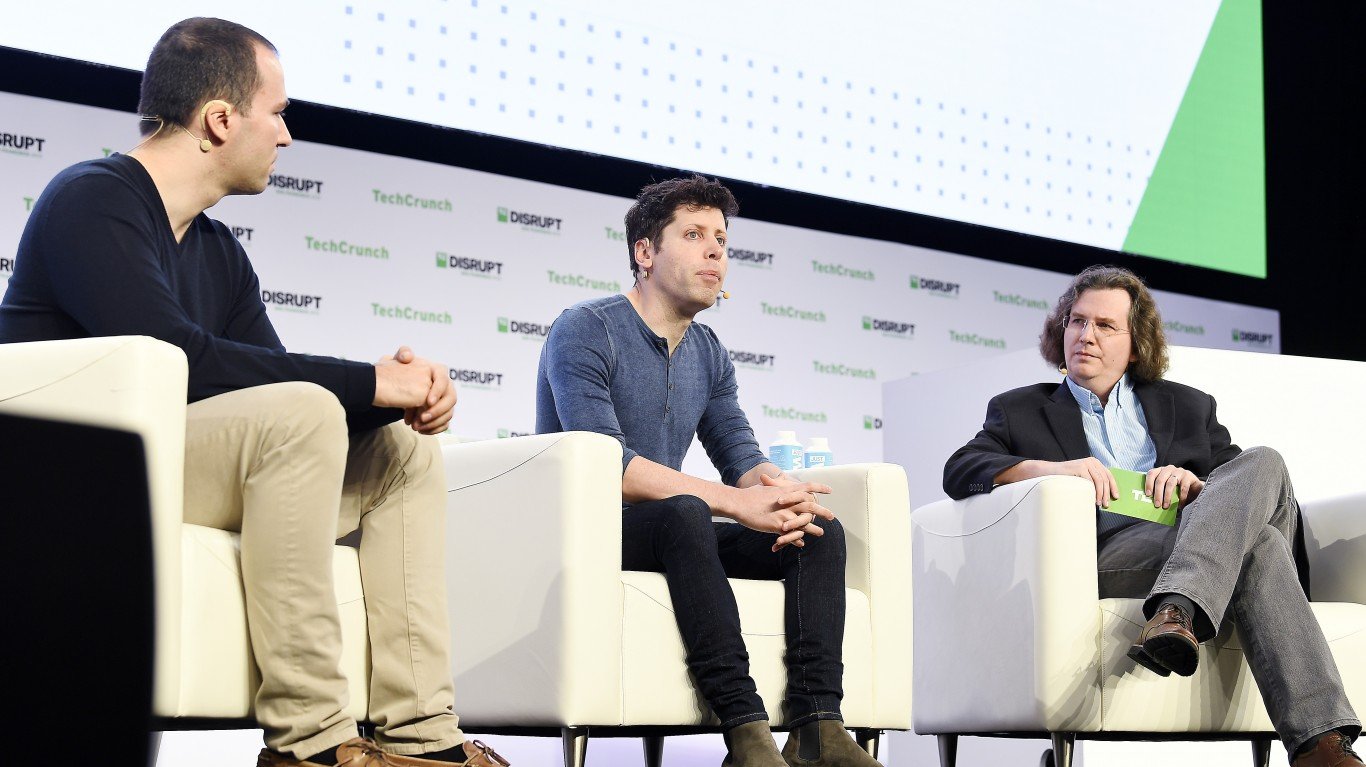from24/7 Wall St.
6 hours agoDoes Meta Need a Decade of Efficiency?
It's clear that there are a lot of new opportunities to use new AI advances to accelerate our core business that should have strong ROI over the next few years, so I think we should invest more there [...] our AI investments continue to require serious infrastructure, and I expect to continue investing significantly there too.
Artificial intelligence

